Lithium batteries have brought us zero-emission electric vehicles and portable electronic devices, but their environmental promise does not come without a price. The environmental damage of obtaining raw materials, the huge energy consumption of the manufacturing process, and the problem of handling used batteries are all real challenges that this technology must face. This article aims to deeply analyze every link of lithium batteries from birth to death and objectively evaluate the battery impact on the environment.
Table of Contents
ToggleAre lithium ion batteries bad for the environment
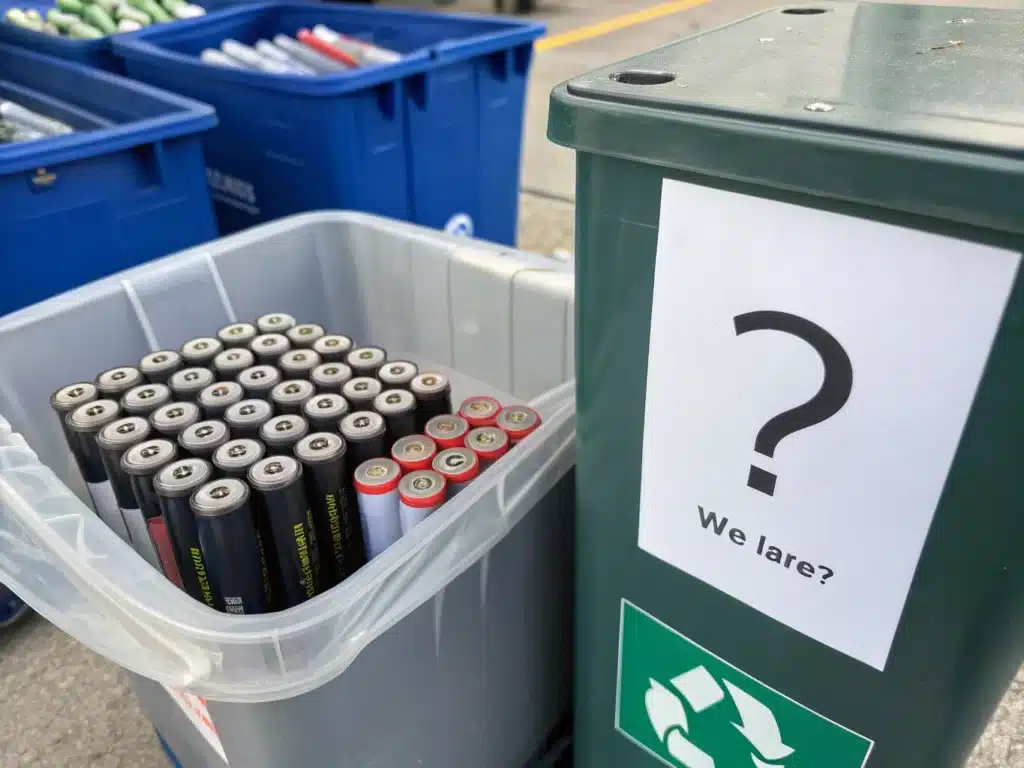
Compared with traditional fuel vehicles, electric vehicles using lithium batteries generally show better environmental benefits throughout their life cycle, especially in terms of improving air quality and reducing greenhouse gas emissions. But this does not mean that lithium batteries have no environmental costs. In fact, the process of obtaining raw materials, manufacturing batteries, and disposing of used batteries does have a significant impact on the environment, including the consumption of a large amount of resources and energy, as well as the pollution and waste challenges that may arise if not managed properly.
We re-examine the entire life cycle of lithium batteries, from raw materials to waste treatment and even recycling. This article will analyze each link in depth to provide you with a clear and balanced perspective on the environmental impact of lithium batteries.
Environmental costs of raw material extraction
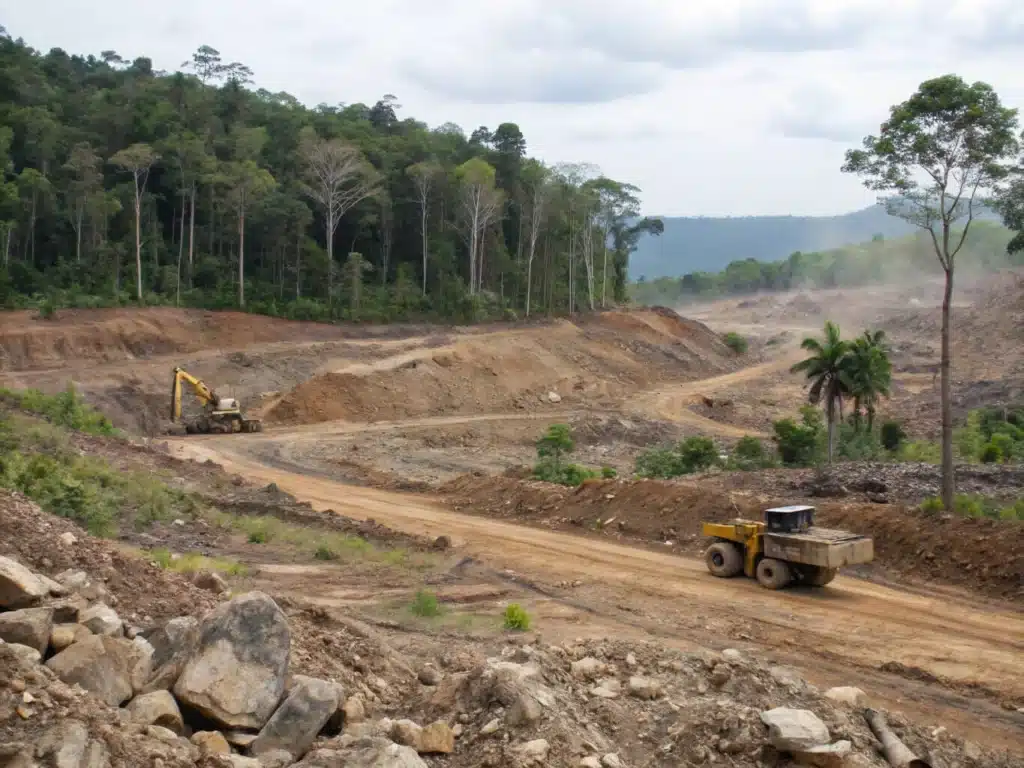
The manufacture of lithium batteries relies on a variety of key raw materials, including lithium, cobalt, nickel, manganese and graphite. We generally obtain lithium in the following 2 ways.
One is to extract lithium from salt lakes, mainly in South America and other regions. This requires extracting a large amount of underground brine and then drying it in huge evaporation ponds. This will consume a huge amount of water resources, especially in those areas that are already dry and water-scarce, which may seriously affect the local water cycle balance and fragile ecosystem, and occupy large areas of land.
The other is to extract lithium from ores, with Australia and other regions as the main production areas. This method is traditional mining. It is easy to destroy surface vegetation and produce a large amount of waste rock accumulation, which will pollute the soil and water sources. In addition, the whole process requires a lot of energy to crush the ore and carry out chemical treatment.
Cobalt is another critical and controversial material, with a large portion of the world’s cobalt coming from the Democratic Republic of Congo. Mining there is often associated with poor working conditions, poor enforcement of environmental regulations, and even human rights issues. This is not only an environmental issue, but also involves social and ethical aspects, which has been the focus of many reports.
As for the mining of other materials such as nickel, manganese, graphite, etc., obtaining them also involves mining activities, and therefore will also bring similar environmental impacts, such as occupying land, changing the landform, and possibly affecting the local water system and ecological environment.
The manufacturing process: energy consumption and pollution footprint
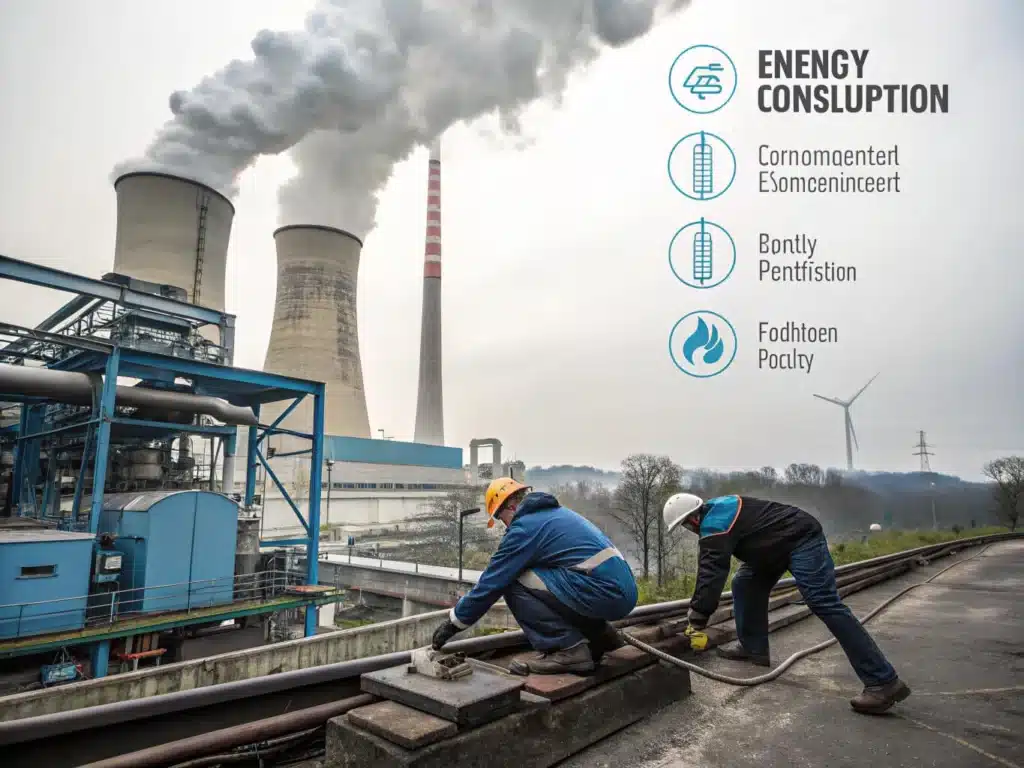
Manufacturing lithium batteries is a very energy-intensive process. From purifying the raw materials to the level required for the battery, to manufacturing the positive and negative electrodes, and finally assembling them into individual battery cells and battery packs, these steps all consume a lot of electricity and heat.
This huge energy consumption will inevitably lead to significant greenhouse gas emissions, which is what we often call carbon footprint. The size of the emissions depends largely on the source of the electricity used by the factory. If the factory mainly relies on fossil fuels for power generation, the carbon emissions of battery production will be very high; on the contrary, if clean energy such as hydropower, wind power, and solar energy is used, the carbon footprint will be significantly reduced.
The battery manufacturing process uses some chemical solvents (especially when coating the electrode slurry), which may be volatile or toxic. The production process also produces wastewater and waste gas, which may pollute the surrounding water and air if not properly handled.
The environmental impact of lithium battery production is not uniform across the globe. It is closely related to the specific location of the battery factory.
Zero-emission advantages and indirect impacts
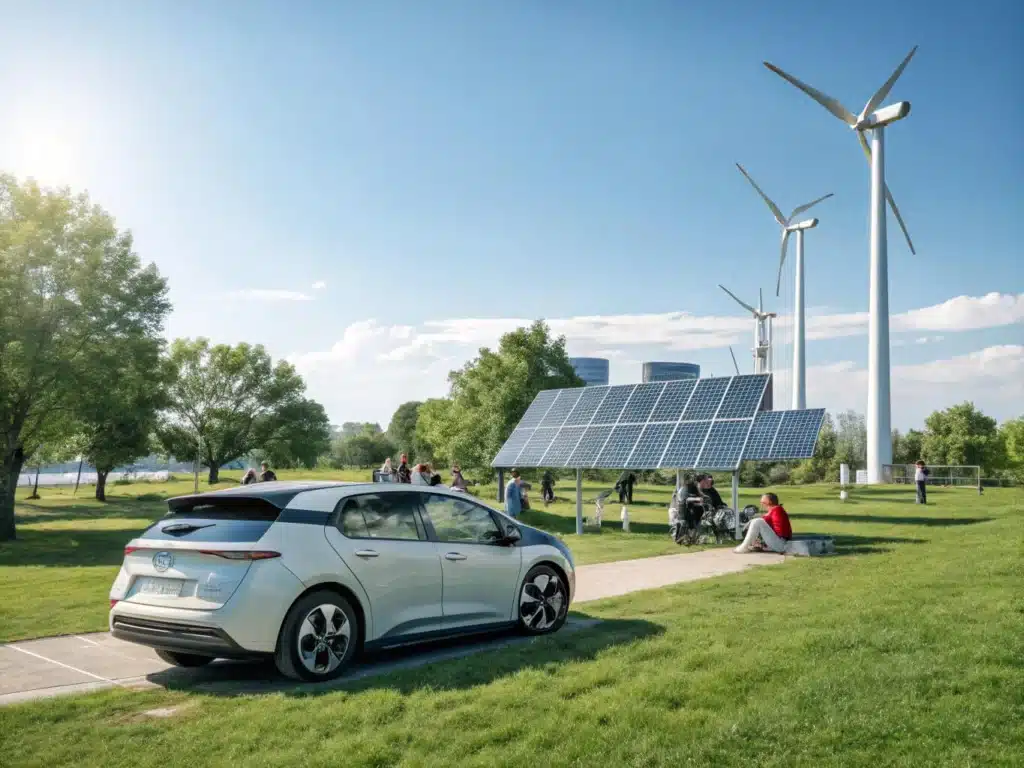
Zero emission is the most intuitive and most often publicized advantage of lithium batteries in the application stage. During use, such as when electric vehicles are driving on the road or electronic devices are running, lithium batteries themselves will not directly emit pollutants such as exhaust gas and particulate matter. This is particularly important for improving urban air quality and helping to reduce air pollution in traffic-intensive areas.
However, the true environmental benefit of lithium-ion battery use depends largely on the source of the electricity used to charge it. This is its indirect impact.
Applications such as electric vehicles can become truly low-carbon if battery charging comes from solar, wind, hydro or nuclear power.
If the power grid relies primarily on fossil fuels (coal, natural gas) for electricity generation, then the charging process actually transfers pollution emissions to the power plant.
In general, although the environmental impact of lithium batteries during the manufacturing stage is generally higher than that of traditional technologies (such as internal combustion engines), throughout the life cycle, especially with the trend of increasingly clean global power grids, applications powered by lithium batteries (especially electric vehicles) often show better overall environmental benefits than traditional fuel vehicles, especially in reducing greenhouse gas emissions.
End-of-life & recycling phase

If lithium batteries are discarded or simply landfilled, they may leak heavy metals (such as cobalt and nickel) and corrosive and flammable electrolytes, which will contaminate soil and groundwater, posing a threat to ecosystems and human health. In addition, discarded batteries also have safety risks such as short circuits, fires, and even explosions.
Used batteries contain a lot of valuable metals, such as cobalt, nickel, lithium, manganese, etc., which we have spent a lot of effort to dig out from the mines. Recycling them means reducing dependence on newly mined mineral resources and forming a certain resource cycle, which is crucial to the sustainability of resources.
Recycling directly avoids the contamination risks mentioned above, while also reducing the volume of waste that ultimately needs to be processed, alleviating pressure on landfills.
There are many types of lithium batteries, and the chemical systems (lithium iron phosphate, ternary, etc.) and physical structure designs are complex and diverse, which brings great technical difficulties to the disassembly and separation and purification of various materials. The current recycling efficiency needs to be improved, and the cost is often high.
Sometimes, the cost of recycling extracted materials (especially lithium) is even higher than directly purchasing new virgin materials, which weakens the commercial incentive to recycle.
At present, there is still a lack of a waste battery recycling network that is extensive, convenient, efficient, and can ensure transportation safety. The public’s awareness and participation in recycling also need to be improved.
Waste batteries are at risk of short circuit, fire or explosion during storage, transportation, disassembly and disposal, posing a threat to the safety of operators and the environment.
Despite the many difficulties, recycling technology is also constantly improving. The main recycling paths currently include pyrometallurgy (high temperature smelting), hydrometallurgy (chemical dissolution separation), and some newer direct recycling technologies that aim to be more efficient, lower energy consumption, and directly recycle positive and negative electrode materials.
Solutions and future outlook
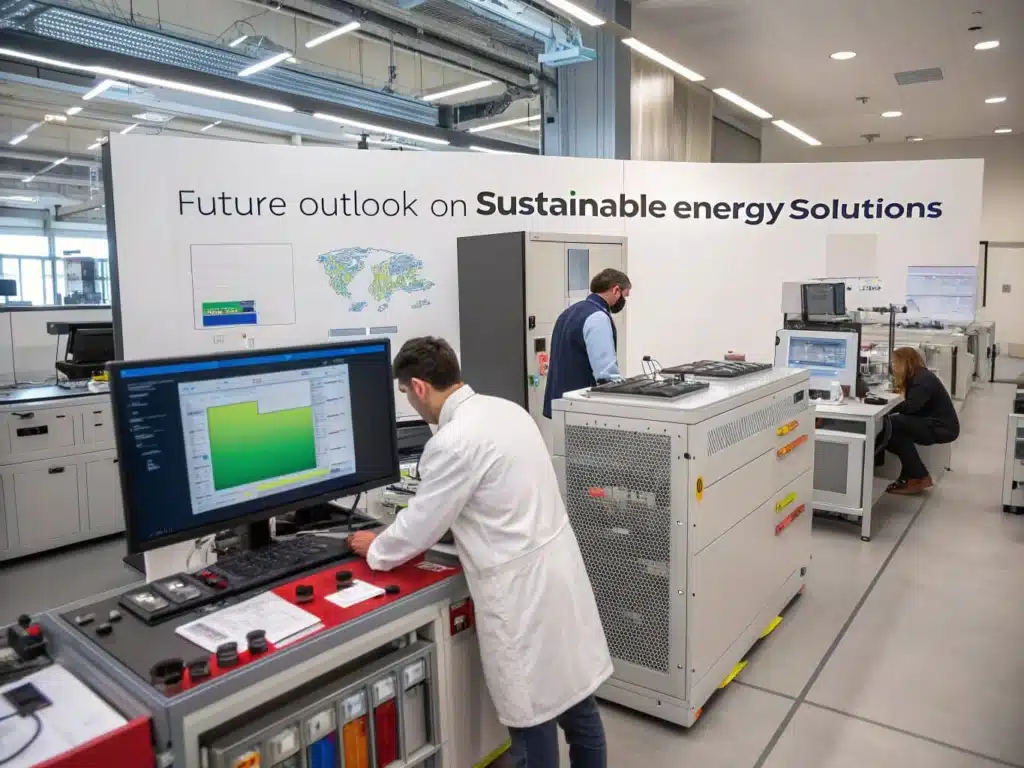
After recognizing the environmental challenges of lithium batteries throughout their life cycle, the key is how we can take action to mitigate these impacts and ensure that this technology can be truly sustainable. Currently, solutions at multiple levels are being actively explored and promoted.
For example, developing batteries that use less or no cobalt, as well as solid-state batteries that are safer and may use different materials. Let’s reduce our dependence on cobalt at the source.
By increasing the energy density of batteries (allowing them to store more electricity per unit weight) and extending their service life, the total amount of batteries required per unit of energy can be reduced, thereby indirectly reducing the overall environmental footprint.
Promote more energy-saving and water-saving production processes, and reduce the use of chemical solvents, so as to reduce energy consumption and pollution emissions in the manufacturing process.
Establish an efficient and comprehensive waste battery collection network to improve recycling efficiency, reduce recycling costs, and make recycling more economically feasible.
Conclusion
The real environmental benefits of lithium batteries depend largely on how we systematically address these challenges. Among them, the transition to clean energy (ensuring low carbon sources of charging) and the establishment of an efficient and economical battery recycling system (realizing resource circulation and reducing waste pollution) are the two most critical links.
In order to fully realize the potential of lithium batteries and move towards a sustainable future, we need to adopt a balanced and responsible attitude. This requires continuous technological innovation (such as new materials, green processes, and easy-to-recycle designs), sound policy and regulatory guidance, responsible supply chain management, and the joint efforts of the whole society.
